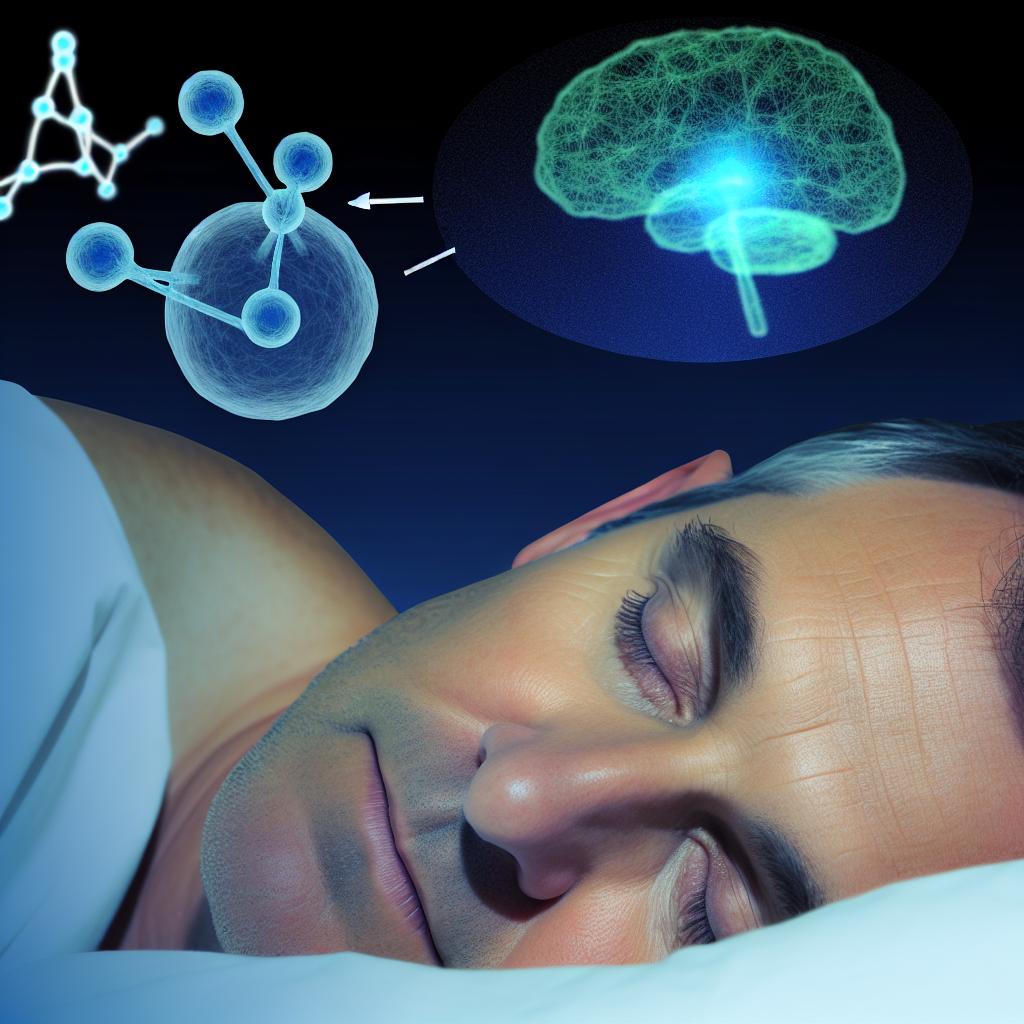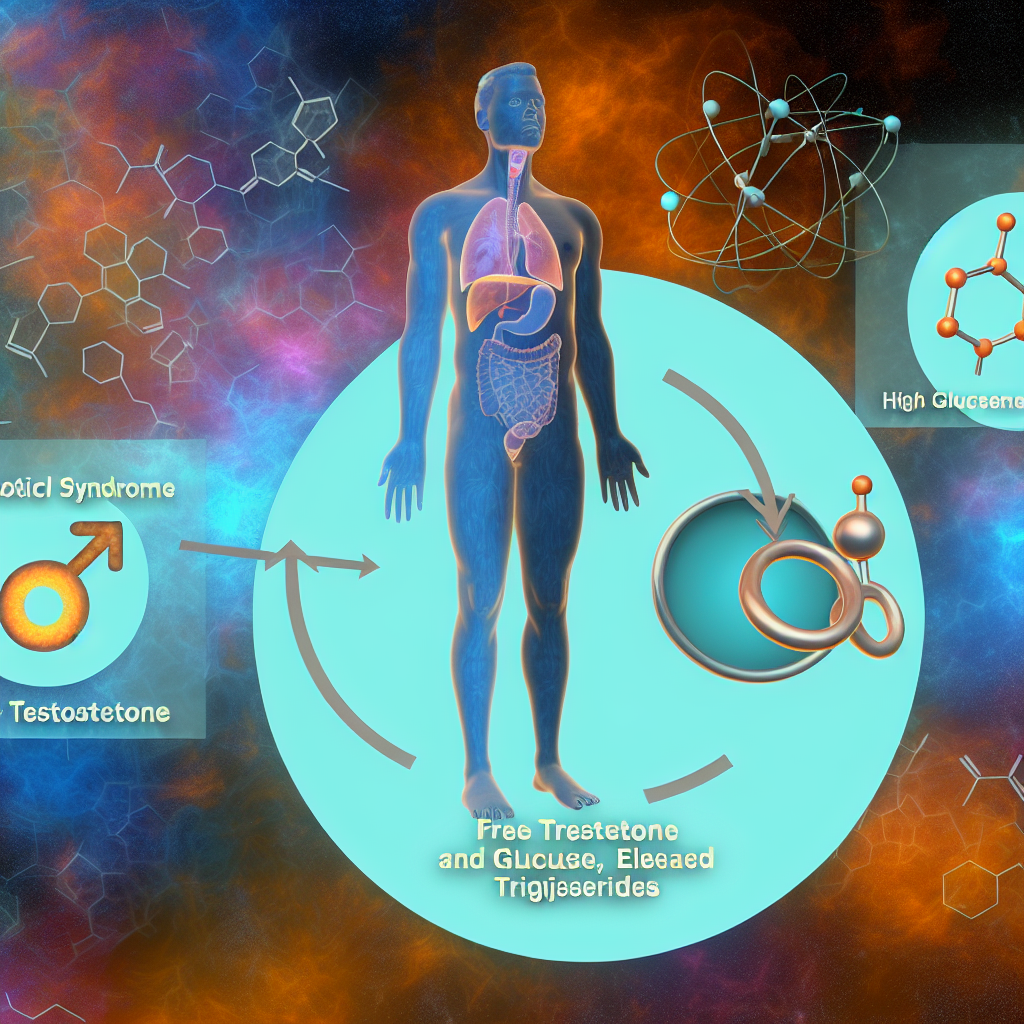Wearable Tech for Sleep Optimization and Recovery Tracking
Introduction
In today’s fast-paced, always-connected world, achieving quality sleep and effective physical recovery is more important than ever, especially for men ranging from teenagers to those in their 90s. Whether you’re a high school athlete, a young professional grinding through long work hours, or a retiree maintaining an active lifestyle, prioritizing rest and resilience can dramatically enhance your overall well-being. Enter the surge in wearable technology—smart devices that go far beyond counting steps. These cutting-edge tools are revolutionizing how we understand, monitor, and improve our sleep and recovery routines.
Over the past decade, wearable tech has become increasingly sophisticated, offering insights that used to be available only in sleep laboratories or through extensive medical testing. Devices like the WHOOP Strap, Oura Ring, Apple Watch, and Fitbit now provide continuous monitoring of sleep cycles, heart rate variability (HRV), blood oxygen levels, and more. These wearables use advanced sensors and AI-driven algorithms to deliver real-time data and personalized recommendations to improve recovery and elevate physical performance.
Men particularly benefit from this information. As bodies age or adapt to various physical activities—from high-impact sports and daily workouts to sedentary desk jobs—the ability to recover efficiently becomes essential for maintaining long-term health and physical capacity. Recovery is no longer just about taking a rest; it’s about how well your body rebounds from stress—be it physical strain, work pressure, or emotional fatigue. By measuring and understanding this, wearables help users detect overtraining, reduce chances of burnout, and maintain immune resilience.
For younger men and teenage athletes, wearable-guided insights support better athletic performance, improved focus, and growth optimization by enforcing restorative sleep patterns. For older men, these devices offer a proactive solution to manage the health challenges of aging, such as sleep fragmentation, chronic fatigue, or cardiovascular stress. Tracking metrics like resting heart rate and SpO2 helps minimize risks associated with aging and supports safer fitness and active living.
As wearable tech evolves, it introduces a new era of personalized health monitoring. These smart tools empower men of all ages with actionable insights and a sense of agency over one of the most overlooked aspects of wellness—sleep and recovery optimization.
Features and Clinical Validation
The latest wearable devices offer a rich suite of features that significantly enhance sleep quality and track recovery more accurately than ever. Their capabilities are increasingly validated by scientific literature, cementing their status not just as fitness accessories but valuable health tools.
One of the primary metrics tracked is Heart Rate Variability (HRV), which reflects how well your autonomic nervous system is functioning. This measurement is a gold-standard biomarker of stress and recovery. A study published in the European Journal of Applied Physiology confirmed that HRV reliably indicates the body’s fatigue state and preparedness for physical exertion. Devices like WHOOP and Oura analyze HRV data daily to give users a recovery score and customized recommendations on training intensity or rest.
Another critical feature is sleep stage tracking. Modern wearables use a combination of motion sensors (accelerometers) and light-based technology (PPG) to determine your movements and blood flow during sleep, helping differentiate between light sleep, deep sleep, and REM cycles. A study in the Journal of Clinical Sleep Medicine found that Fitbit delivers reasonable accuracy in capturing total sleep time and efficiency, making it a practical solution compared to traditional polysomnography.
For users at risk of or suspecting sleep disorders, such as men susceptible to sleep apnea, SpO2 monitoring is a game-changer. Devices like Apple Watch Series 6 and newer offer blood oxygen saturation tracking, enabling early detection of breathing irregularities that can compromise sleep quality and cardiovascular health.
Athletic-focused wearables like WHOOP further examine nightly respiratory rate, resting heart rate (RHR), and daily strain scores. These indicators help users optimize performance based on real-time physiological status. A clinical trial conducted through USC Dornsife revealed that WHOOP’s data closely aligns with lab-grade equipment used by elite athletes.
In older populations, wearable tech has also proven valuable. A systematic review published in Sleep Health found that elderly adults using actigraphy-based wearables became more aware of their sleep behaviors and implemented strategies to enhance rest. This is critical, as men over the age of 60 are more likely to experience insomnia and fragmented sleep, which can deteriorate mood, cognition, and immune strength.
The user interface also plays a pivotal role. Most devices pair with mobile apps that feature smart alarms (waking you during lighter sleep for refreshed mornings), sleep hygiene education, and advisory dashboards. Instead of flooding users with data, these platforms guide behavior. Essentially, your wearable becomes a tailored sleep and recovery coach—predictive, personalized, and practical for everyday life.
Conclusion
Wearable technology is redefining how we approach rest, recovery, and sleep health. Offering more than just step counts or bedtime reminders, today’s smart devices are versatile wellness tools. Whether you’re a high-performing athlete, a busy executive facing chronic stress, or a senior seeking to enhance vitality, these tools provide essential insights that empower change.
The integration of wearables in daily life serves as a proactive health management system. By gaining awareness of the body’s needs—be it heightened recovery time after a workout, disrupted sleep due to breathing irregularities, or the onset of fatigue—you create opportunities for early intervention and improved longevity. For men across all age groups, sleep no longer has to be a vague, unsolved mystery. It can be mastered—and worn on your wrist or finger.
Concise Summary
Wearable tech like WHOOP, Oura Ring, Apple Watch, and Fitbit provides men of all ages with powerful tools to optimize sleep and track recovery. These devices monitor vital metrics like HRV, sleep cycles, and SpO2 to enhance athletic performance, boost focus, detect potential sleep disorders, and improve longevity. Clinically validated and AI-powered, today’s wearables offer not just data—but transformative personal insight. Ideal for teenagers, professionals, and seniors alike, they make good sleep and strong recovery measurable, manageable, and masterable.
References
1. European Journal of Applied Physiology – Monitoring fatigue and recovery
2. Journal of Clinical Sleep Medicine – Evaluation of Fitbit’s sleep tracking accuracy
3. Sleep Health Journal – Wearables and sleep in older populations
4. USC Dornsife – WHOOP and sports performance
5. Apple Support – About blood oxygen on Apple Watch

Dominic E. is a passionate filmmaker navigating the exciting intersection of art and science. By day, he delves into the complexities of the human body as a full-time medical writer, meticulously translating intricate medical concepts into accessible and engaging narratives. By night, he explores the boundless realm of cinematic storytelling, crafting narratives that evoke emotion and challenge perspectives. Film Student and Full-time Medical Writer for ContentVendor.com




